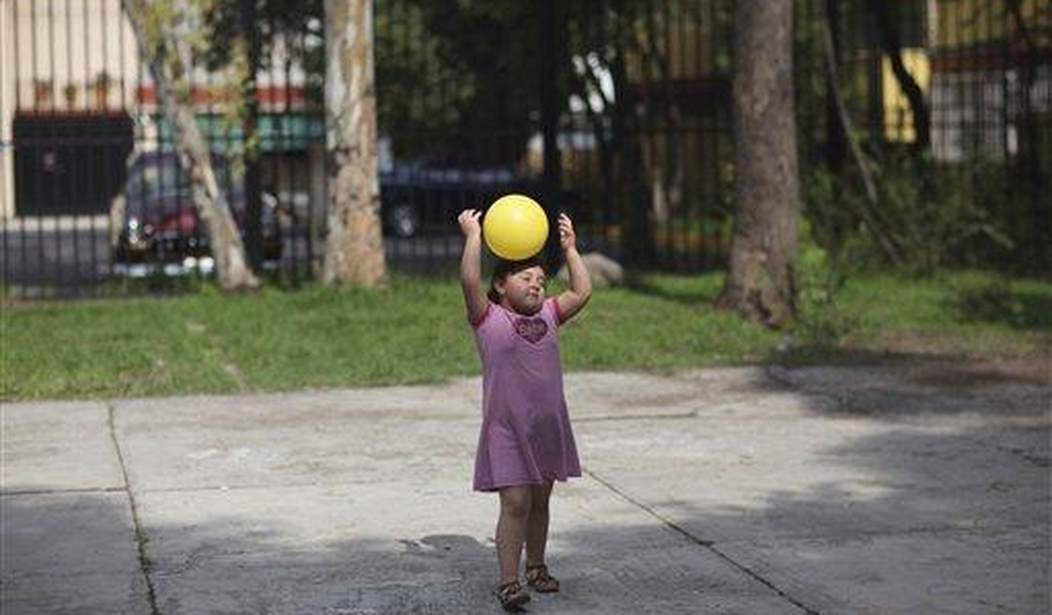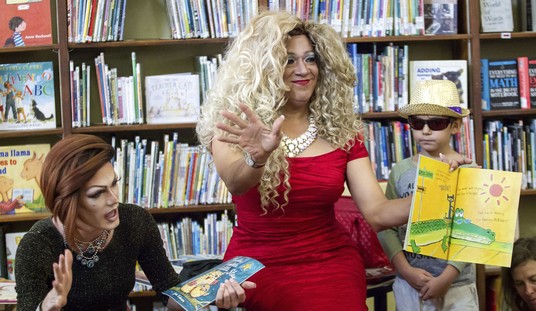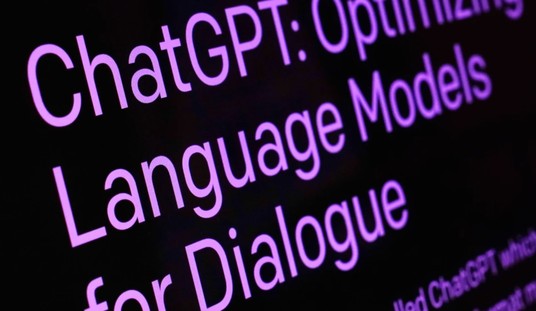Earlier this month the American Academy of Pediatrics released new guidelines on the treatment of childhood obesity for children as young as 2 years old. The entire thing is available to read for free and the gist of the document is that childhood obesity can have severe consequences that are often lifelong.
Obesity is a common, complex, and often persistent chronic disease associated with serious health and social consequences. Childhood obesity is typically defined as having a BMI of ≥95th percentile for age and sex. Severe obesity is defined as BMI ≥ 120% of the 95th percentile for age and sex. The percentage of US children and adolescents affected by obesity has more than tripled from 5% in 1963 to 1965 to 19% in 2017 to 2018. In 2017 to 2018, the rise in obesity prevalence slowed in children younger than 6 years of age, but increases continued among certain populations, including adolescents and non-Hispanic Black and Mexican American youth…
Children with obesity commonly become adolescents and adults with obesity; severe obesity during adolescence increases the risk for severe obesity during young adulthood. BMI levels strongly track throughout childhood and adolescence and are predictive of high adult BMI.
Obesity puts children and adolescents at risk for serious short- and long-term adverse health outcomes later in life, including cardiovascular disease, including HTN; dyslipidemia; insulin resistance; T2DM; and nonalcoholic fatty liver disease (NAFLD). Additionally, prediabetes in youth with obesity, compared with youth with normal weight, has been associated with elevated systolic blood pressure and low-density lipoprotein, and lower insulin sensitivity.
In addition to physical and metabolic consequences, obesity in childhood and adolescence is associated with poor psychological and emotional health, increased stress, depressive symptoms, and low self-esteem. Several studies have determined that children of some racial and ethnic groups have a greater prevalence of comorbidities associated with childhood obesity, including HTN, T2DM, hypercholesterolemia, and depression, compared with non-Hispanic white children.
The guidelines go on for pages and pages of analysis but the general (and obvious) idea is that there are all kinds of negative outcomes that result from childhood obesity and therefore some effort should be made to treat it as early as possible. Apparently that idea is terrifying to author Virginia Sole-Smith who wrote an opinion piece explaining why for the NY Times.
The paper, co-written by 21 prominent doctors, health researchers and obesity experts, advises health care providers that they may refer children as young as 2 years old to “intensive health behavior and lifestyle treatment” programs if they have a body mass index in the overweight or obese range. For children ages 12 and up with an obese B.M.I., doctors are encouraged to prescribe weight-loss medications and to offer those over age 13 with severe obesity a referral to a bariatric surgery center.
The paper’s authors see this new guidance as a brave leap forward in the fight against childhood obesity, which they frame as a “complex and often persistent disease” requiring early and aggressive treatment.
But the guidelines are rooted in a premise that should have been rejected long ago: that weight loss is the best path to health and happiness.
The academy’s guidelines are the latest sally in the war on obesity that health care providers, public health officials and the general public have waged to shrink our bodies for over 40 years. The approach hasn’t worked; Americans, including kids, are not getting thinner.
She’s right about Americans and kids getting fatter which is probably one reason the AAP is looking at ways to deal with the problem. But the author’s problem with those efforts goes beyond their efficacy. She likens doctors advice to kids and their families to lose weight to schoolyard bullying.
We cannot solve anti-fat bias by making fat kids thin. Our current approach only teaches them that trusted adults believe the bullies are right — that a fat body is just a problem to solve. That’s not where the conversation about anyone’s health should begin.
The author apparently has a book coming out titled “Fat Talk: Parenting in the Age of Diet Culture.” She’s also the author of a Substack newsletter called “Burnt Toast” which is about “anti-fat bias and diet culture.” Anyway, I get the impression the APA is worried about health consequences and Virginia is worried about fat shaming. Obviously there’s an overlap there. It’s not helpful to have a doctor whose contribution is telling kids they’re fat and making them feel bad. That wouldn’t be constructive. On the other hand, it’s probably not smart to tell doctors that all efforts to deal with childhood obesity are all equivalent to fat shaming innocent kids. Some kids may in fact benefit from intervention to deal with their weight and the health consequences that come from it. At some point the actual problem of overweight kids is bigger than the social problem of anti-fat bias. That concept shouldn’t be scary to anyone.







Join the conversation as a VIP Member